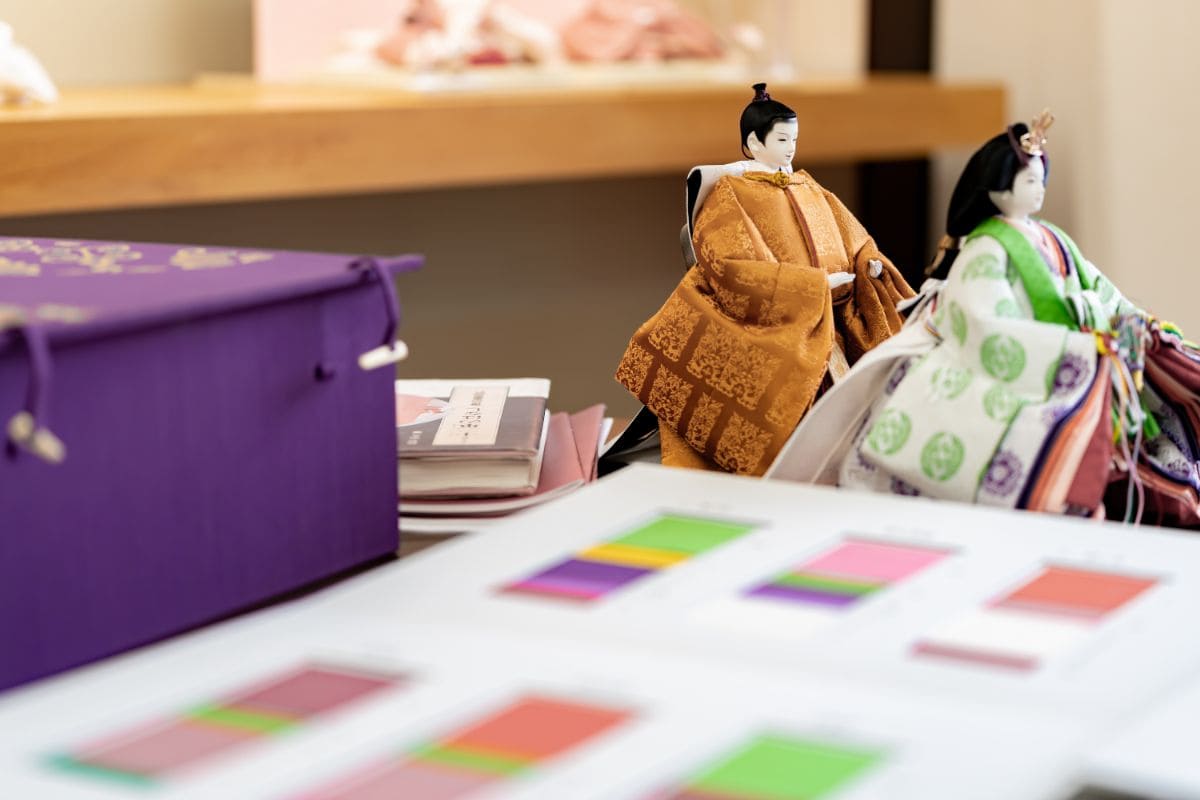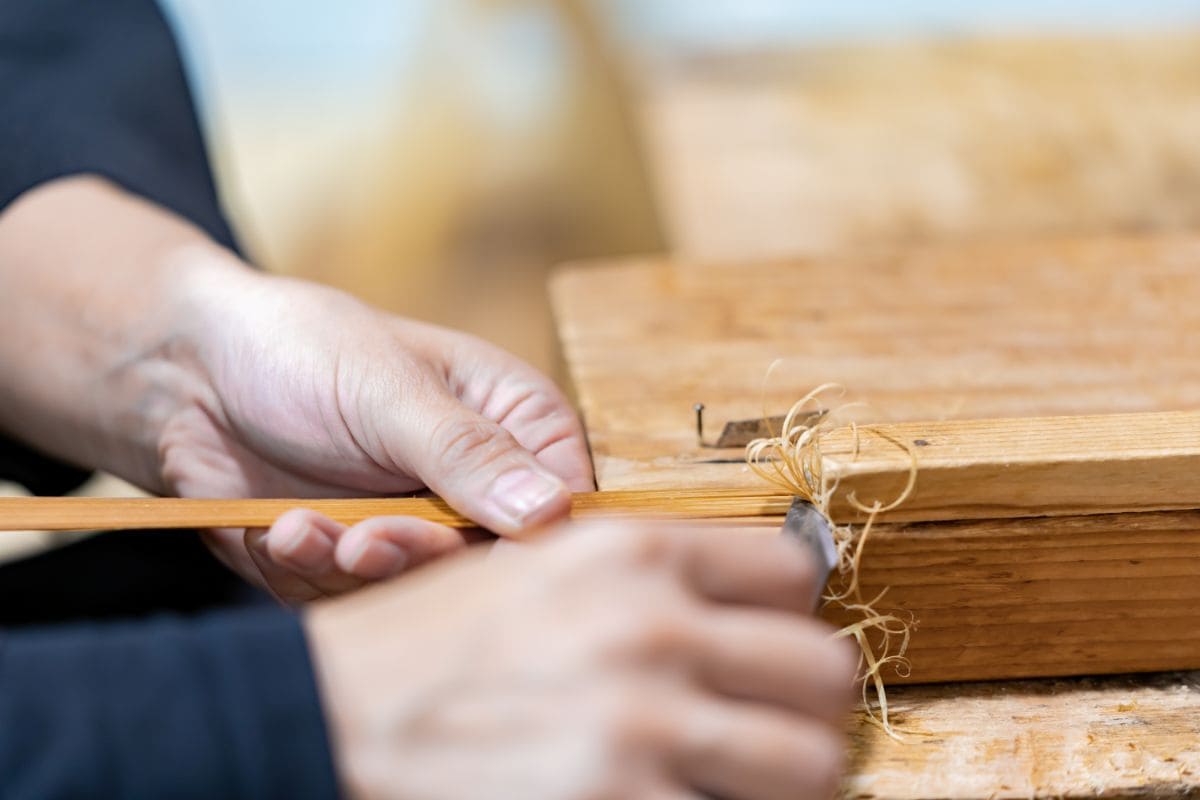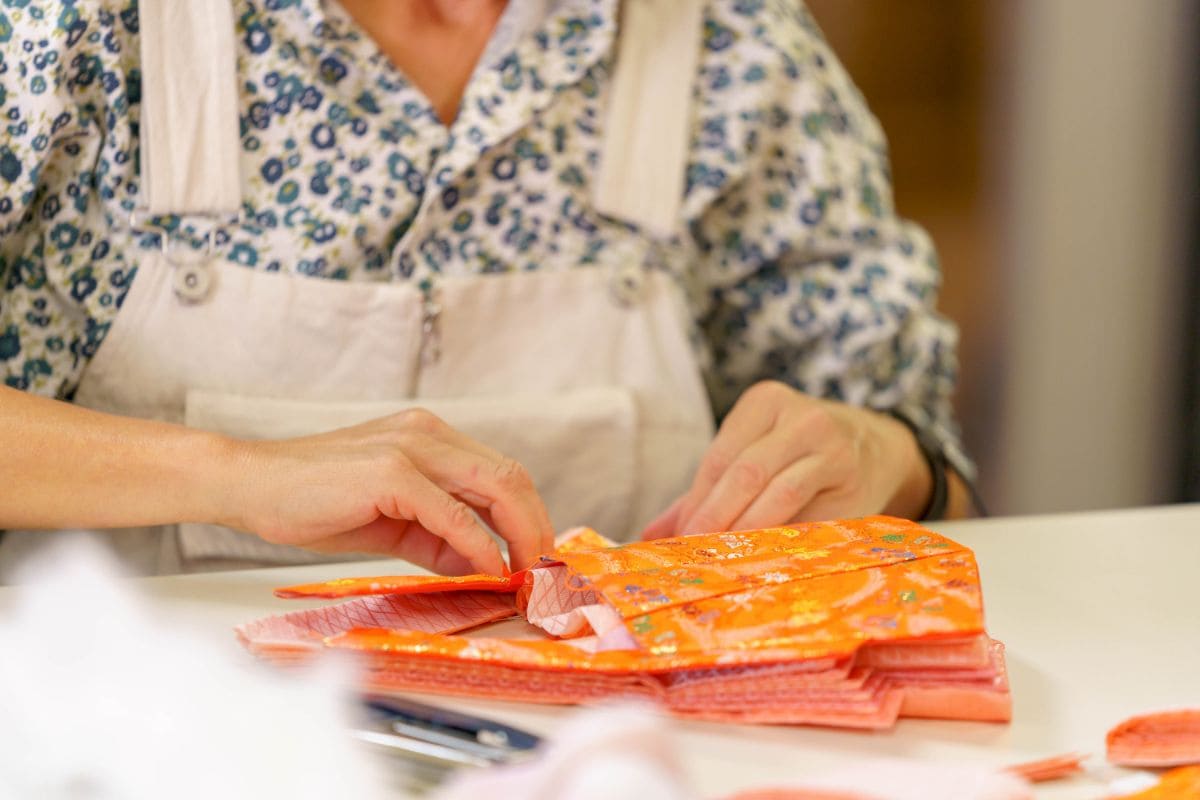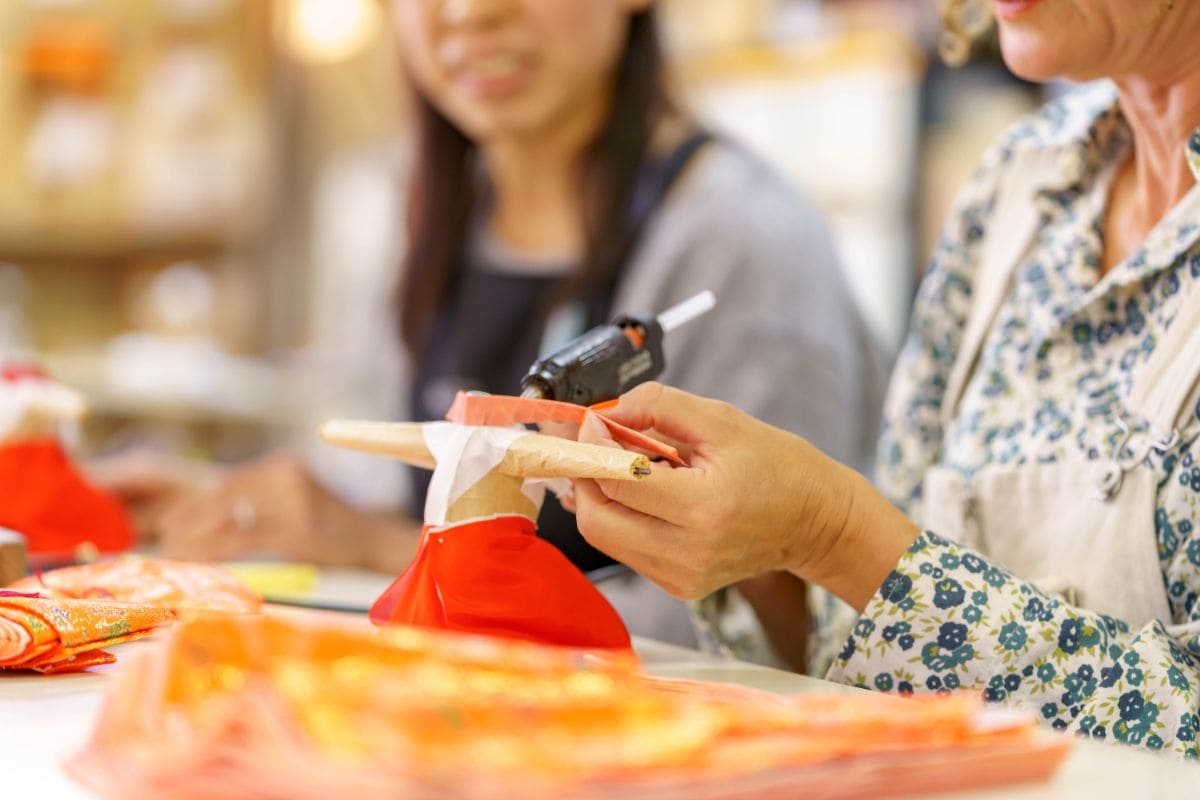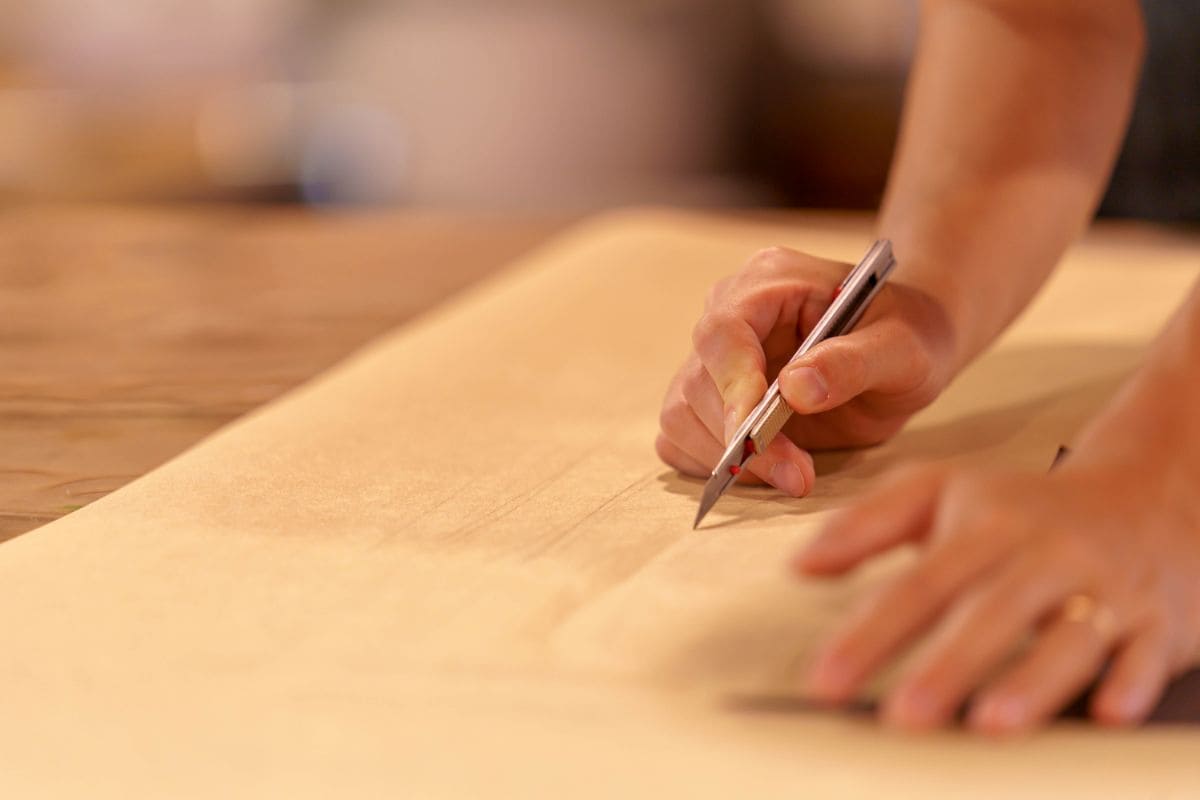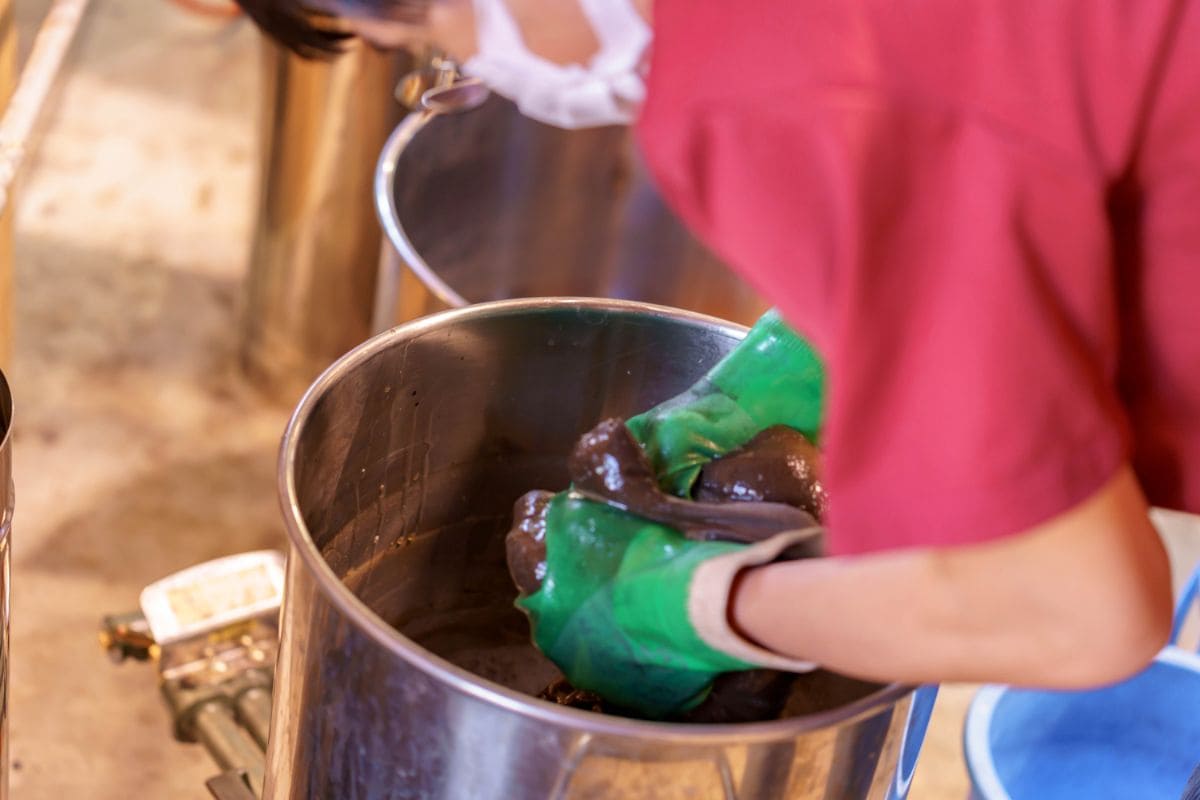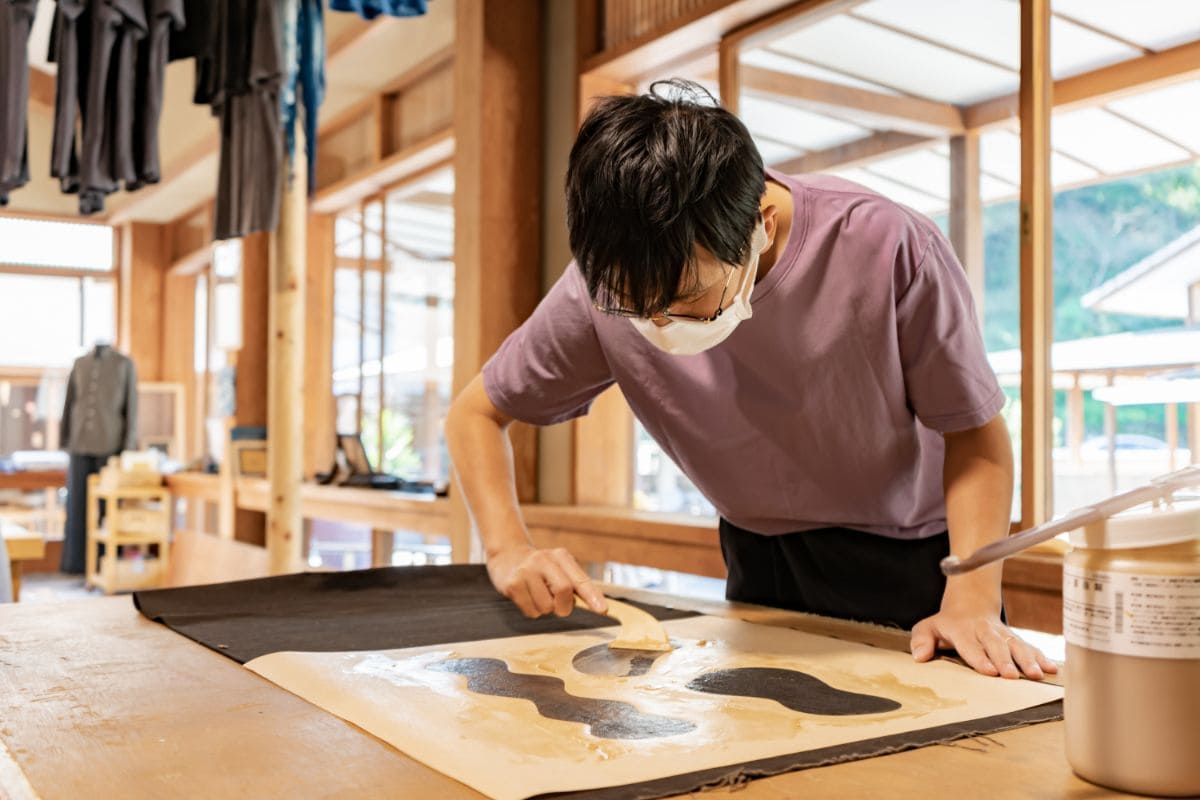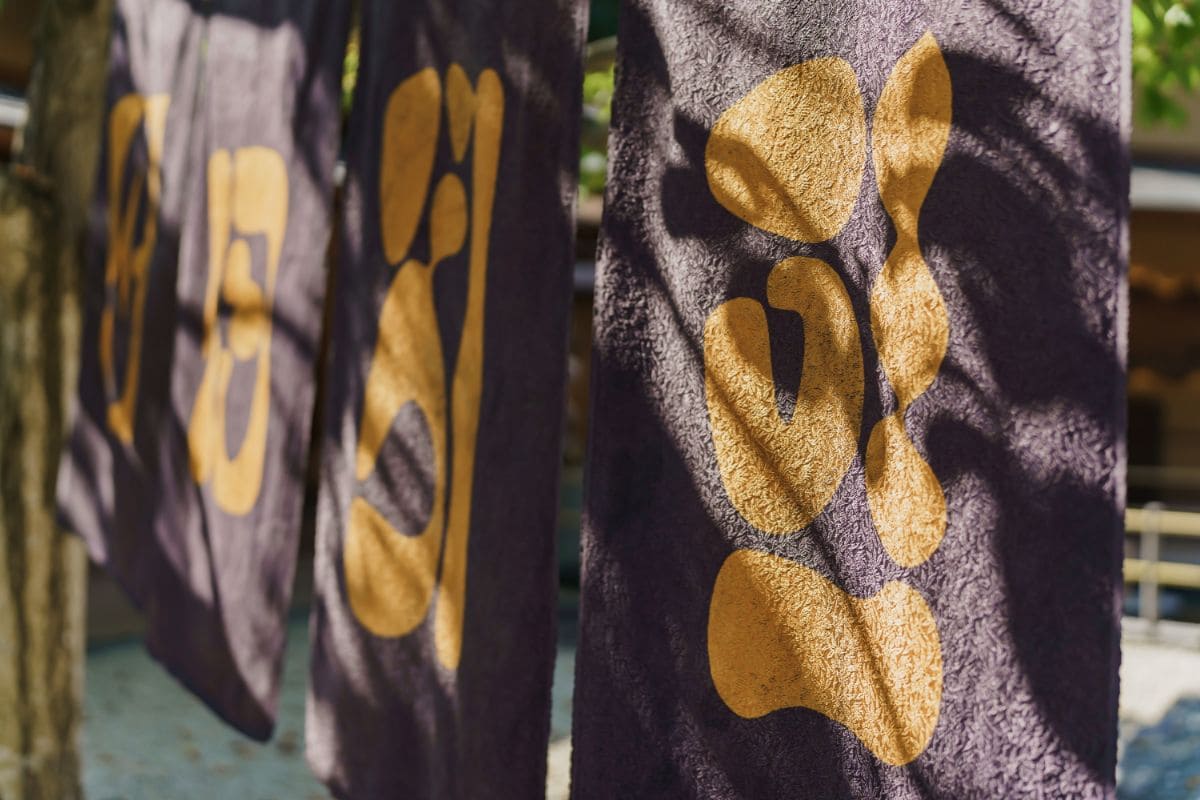Manufacturing and Local Cultural Heritage in Japan
Ceramics. Glassware. Textiles. Woodwork. Traditional dolls. Washi paper. Incense. The list of
Japan’s roll call of globally respected artisan creations, produced across the country, is as
long as it is visually varied.
But despite surface differences, a number of signature ingredients are shared across the
spectrum of Japan’s artisan world: among them, specialist craftsmanship skills passed from
generation to generation, combined with a respectful use of the highest quality of materials –
plus, perhaps most famously, a meticulous attention to detail. It is these key qualities that
have long underpinned the reputation of the words Made in Japan.
Another unique element of Japan’s creative DNA is a focus on regional specialisms, with towns,
villages or city neighborhoods throughout the country often famed for specific craftsmanship
products, normally as a direct consequence of the surrounding geography – be it mountain-mined
clay or forest timber. As a result? Each product is typically rooted deeply not only in a
generations-old culture of craftsmanship, but also in the heart of the community that created
it.
Artisan Apprenticeships in Japan
Many precious specialist craftsmanship techniques that form the foundation of Japan’s rich
artisan world have been passed on, from generation to generation, for centuries – often thanks
to the nation’s treasured apprentice-master system.
Traditionally, apprentices – known as deshi – would live with their masters and devote
themselves 100 percent to learning their craft – starting with the most basic of tasks and often
taking years to slowly climb up the craftsmanship ranks in terms of acquired expertise.
Today, the system has evolved with modern times – yet is perhaps more valuable than ever before,
as the nation’s population ages and the number of younger generation artisans dwindles.
However, there is one element of the apprentice-master system that will always be timeless: the
key concept that the art of mastering a traditional craft is never-ending – with many artisans,
even long after completing apprenticeships, committed to learning for life.
Tokugawa Ieyasu and the traditional crafts of Shizuoka
The main traditional crafts in the prefecture of Shizuoka are furniture, cabinet work,
lacquering, and hina dolls. Any discussion of these crafts must go back to the days of Tokugawa
Ieyasu, the founder of the Tokugawa shogunate at the dawn of the Edo period.
Shizuoka’s crafts reportedly originated when noted artisans from all parts of Japan were
summoned for the rebuilding of Sunpu Castle by Ieyasu and the Sengen shrines by Iemitsu, the
third shogun. The story goes that, after these structures were finished, the highly skilled
carpenters and lacquerers decided to settle down in Shizuoka because of its good living
conditions, and that this led to the development of the woodworking industry there.

